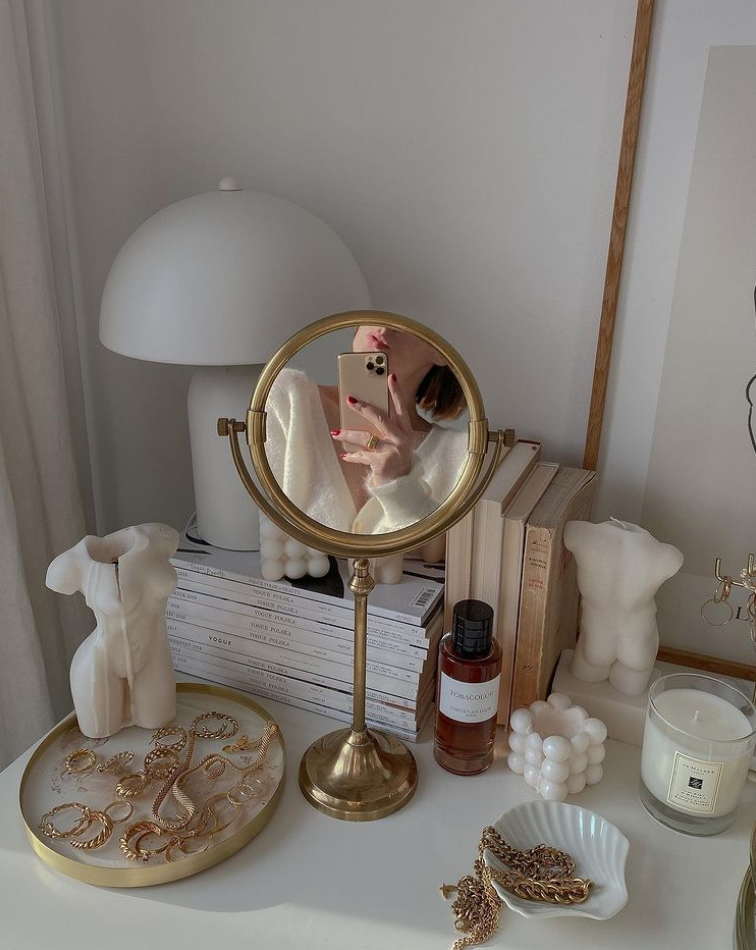How I Became a Morning Person and Help Other Women Do the Same
I am not one of those unicorns who have always obnoxiously rolled out of bed at dawn and had birds and woodland creatures help me get dressed before embarking on a 20-step routine and a calorie-torching workout. I love my sleep and mornings are hard. But starting work so early (I’m more productive in the AM), I had to reclaim the early hours in order to have the start of my day belong to me–not my inbox, clients, or meeting schedule. I turned this night owl into a morning person and I’ve helped countless women do the same (it’s easier than you think!). Here’s how:
1.Start with nights
Most people talk about morning routines starting with the minute they wake up, but morning routines actually start long before then: what you do the night before. The un-sexy truth is you can want to wake up at dawn and have a three hour stress-relieving routine all you want, but your body needs sleep (even more than it needs a bulletproof latte or journaling ritual). If you’re not a “morning person,” it’s most likely because your circadian rhythm is off. Make sure you set up your evenings so you’re falling asleep about eight hours before your ideal wake-up time (note: falling asleep and getting into bed are very different things). If you’re having trouble falling asleep at an earlier bedtime, start winding down earlier, switch all lights from blue light to orange or red (including lightbulbs, no screen time, etc.), and take a natural form of a low dose of melatonin (talk to your doc, but I do about 2.5mg) as your body adjusts.
2. Get light and movement right away
Remember that circadian rhythm? It’s on a constant cycle, so what you do in the morning matters when you’re going to bed at night (and you already know that what you do when you’re going to bed at night matters for your morning). Exposing yourself to sunlight as soon as possible (by opening the blinds, drinking your coffee on a balcony or patio, or taking a quick morning walk) tells the body to stop melatonin production so the body knows its time to wake up and give energy throughout the day, but it also will tell the body that it’s time to fall asleep about 14-16 hours later so you’re able to fall asleep at night. Movement is also crucial because it also stops melatonin production and tells the body its time to wake up.
3. Made time for something I look forward to
When clients are getting to sleep at a decent hour and still can’t get out of bed until the last minute possible, to me this means that they don’t want to get out of bed–and when the only reasons we have to get out of bed are routines like brushing our teeth or to-do lists at our very stressful adult jobs, of course you don’t want to start your day. I cannot stress this enough: it’s crucial to give yourself a reason to get out of bed. Whether that’s sitting with your coffee and reading a book, an early-morning phone date with your mom, doing something that feels “special” like taking a walk to pick up a smoothie, make sure you take time for something exciting. And I mean so exciting that when you go to bed at night, you can’t wait to wake up the next day. In fact, screw the other rules and just do this–I promise, you’ll become the world’s biggest morning person.
4. Give yourself reflective time
Lately, I’ve been loving meditations from the Superhuman app and manifest journaling (about 15-20 minutes total), and it’s made a huge difference in my energy, excitement to get out of bed in the morning, and overall focus on life. But if guided meditations are not your thing and you don’t have 20 minutes to spare, find your own way to tune inward and check in with yourself and reconnect to your bigger life goals. In other words, take a few minutes every morning to make sure you’re working on your life, rather than just in it. Make a mental list of what you are truly grateful for until you radiate with gratitude, repeat affirmations in the mirror until you feel a boost in your confidence and energy, or stare at a vision board with everything you’ve ever wanted in life.








